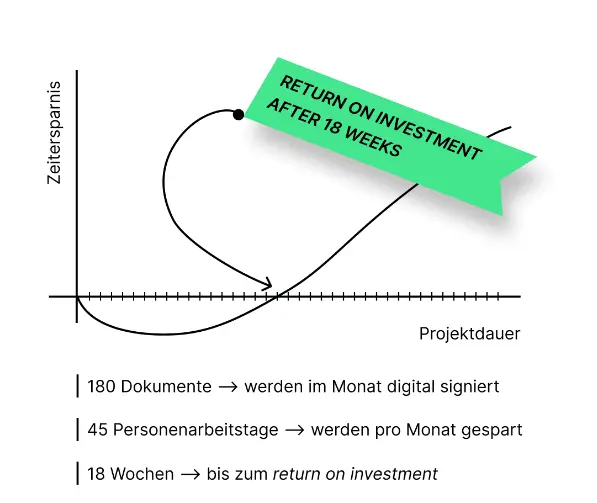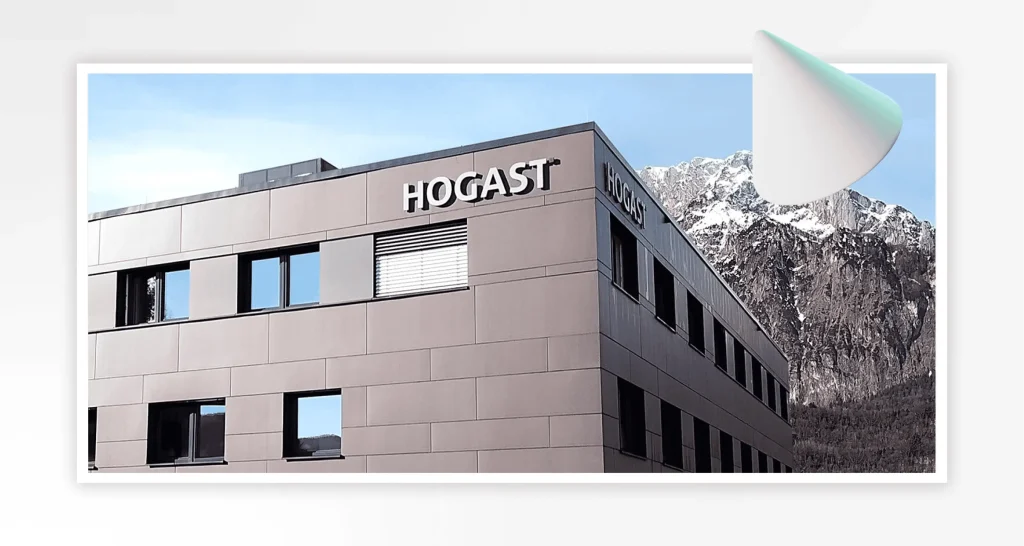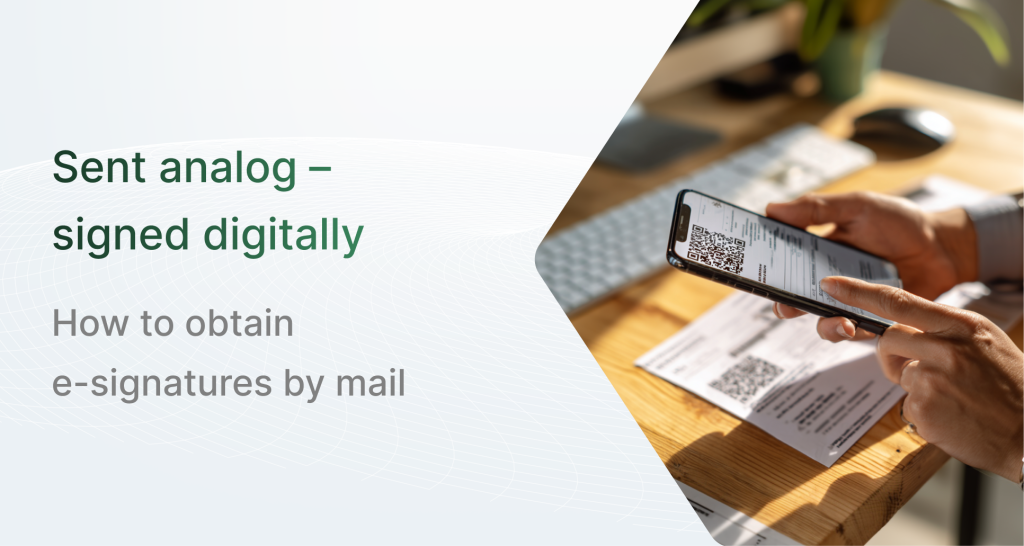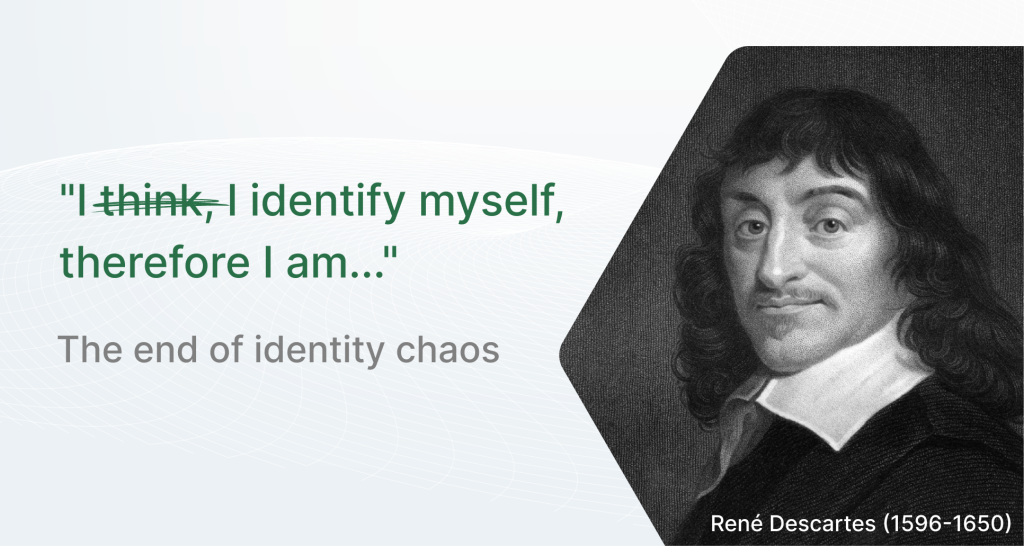Today, sustainability is more than a trend, it is an essential part of the corporate strategy. The European Union has set a clear framework with the European Sustainability Reporting Standards (ESRS), which will apply from 2024. This includes the ESG reporting obligation, according to which companies must regularly report on the topic of sustainability in their company. These reports cover environmental, social and governance (ESG) aspects and are intended to increase transparency about the non-financial impact of the company. The aim is to provide stakeholders – including investors, customers and the public – with comprehensive information about the company’s sustainability practices and social responsibility.
Portrait

HOGAST is a leading purchasing cooperative for the hotel and catering industry, which was founded over 45 years ago. Its main goal is to create price advantages through inter-company bundling of quantities and to relieve companies of routine tasks. In addition to comprehensive procurement of goods, HOGAST also takes care of electricity, fuel, telephony and other services in order to offer its more than 3,200 member companies in Austria the best conditions and optimized processes.
HOGAST is the largest company of its kind in Austria with a turnover of 415 million euros. The subsidiary in Munich is responsible for serving the southern German region. In addition to HOGAST, the 1HOGAST Group also includes HOTEL GASTRO POOL for smaller hotels and restaurants, as well as HANDOVER, which looks after facilities in the social sector.

While organizations such as HOGAST themselves are not directly covered by the ESG reporting obligation, they nevertheless show as pioneers what sustainable action can look like in practice. HOGAST’s decision to switch to digital signatures with sproof sign is a powerful example of how companies can reduce their environmental footprint while increasing financial efficiency through technological innovation.
Peter Sigmond, Senior Goods Manager, said the following in the interview: “For us as a company, two aspects were decisive in choosing a digital signature solution. One of them was the Corona pandemic, because short-time work and home office forced us to rethink, because without a new digital system, we would no longer have been able to sign contracts, invoices and orders.
The second aspect, which has certainly been a topic of discussion with the management for some time, is that we as a company have focused on digitization and sustainability at the same time. With the focus on this, the point finally came where we decided to sign everything digitally now and where it is possible to do without all paper invoices and contracts.”
Return on Investment and Sustainability
This decision also paid off after only 18 weeks. The implementation of sproof sign as an all-in-one signature solution led to a significant reduction and streamlining of administrative effort at HOGAST. However, the accelerated approval processes and shorter waiting times not only optimized business processes, but also made a significant contribution to cost savings.

These savings can be quantified in both financial and environmental metrics: average time saved per digitized signature workflow internally and externally, the gross hourly wage of those workers who do not have to struggle with preparing and handling analog contract processes, the cost savings per sheet of A4 saved, CO2 emissions saved, and energy consumption. It should be noted that some factors that could influence the actual added value were not included in the calculations, such as business trips, storage and archive costs, costs for printing and scanning technology and financial disadvantages due to long waiting times for contracts to be concluded.
The combination of economic and environmental benefits made sproof sign a strategically valuable investment
HOGAST is just one of many companies that benefit from the implementation of proof sign into its existing operational processes. But for which use cases is the digital signature actually used there? Mr. Sigmond explains: “Basically, we are the link between our customers or members and the suppliers. However, this also means that all invoices and orders go through HOGAST and we then have to sign and countersign them in some cases. You can think of the signature chain as a triangle between the suppliers, individual members and HOGAST.
An example where the digital signature is used and helps is when onboarding new suppliers. There are also contracts that have to be signed. Before we decided on an eSignature solution, we first had to send everything in paper form by post and wait. Due to the fact that the entire company actually consists of four companies, in this application the delivery partner has to sign once and HOGAST four times. It could take two to three weeks until everything arrived back at our place. With the digital solution from sproof sign, this is a lot faster.
But we also use the eSignature when taking up deliveries. This is because all order confirmations over 7,500 euros must be countersigned by us after customers and suppliers have already signed. This is a matter of liability! HOGAST is also liable for its customers if they go bankrupt or are insolvent. Then we pay the invoices for our members, but only if the order confirmation or order has been countersigned by us beforehand. This is a really important aspect for our members and suppliers.”
Efficiency and sustainability in the future thanks to sproof sign
By using digital signatures alone, HOGAST saves an average of 10 minutes per external signature workflow without logistical effort and up to 20 minutes for workflows with logistical effort. In addition, the company’s CO2 emissions per sheet of A4 can be reduced by 0.008 kg and energy consumption per sheet by 0.0648 kWh. But also 0.14 euros per sheet for printing costs and procurement have been completely eliminated since the cooperation with sproof.
With sproof’s ROI calculator integrated into the website, companies subject to ESRS can now also calculate their potential savings and thus increase the efficiency of their own business processes and advance their sustainability goals. HOGAST’s experience clearly shows that digital signatures are not only a technological innovation, but can also make a decisive contribution to a more sustainable future.




